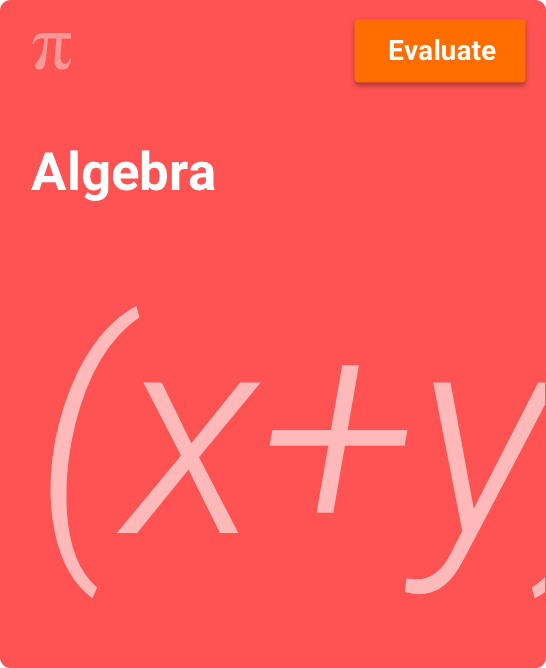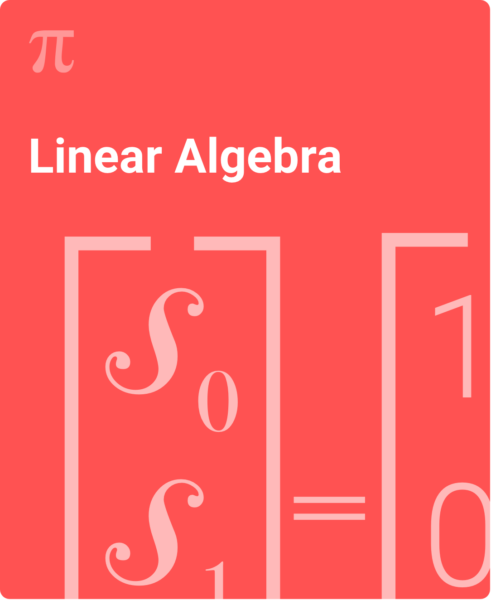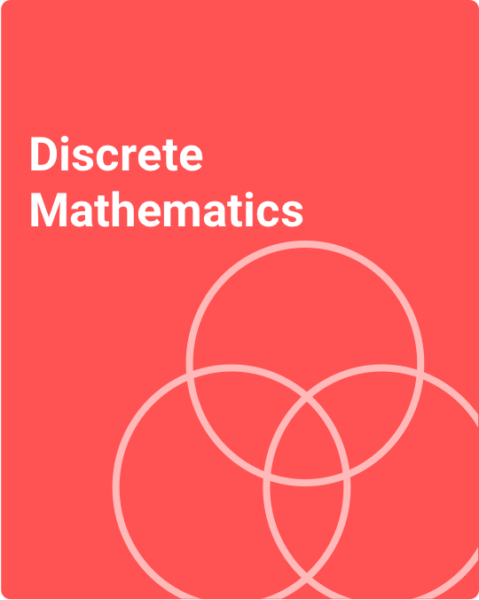Table of Contents
1. Exponents
1.1 Why math?
1.2 Using this zyBook
1.3 Answering math questions
1.4 Introduction to exponents
1.5 Combining terms
1.6 Raising exponents
1.7 Laws of exponents
1.8 Fractional exponents (radicals)
1.9 Simplifying radicals
1.10 Complex numbers
1.11 Simplifying complex numbers
1.12 Multiplying/dividing complex numbers
2. Polynomials
2.1 Introduction to polynomials
2.2 Adding/subtracting polynomials
2.3 Multiplying polynomials
2.4 Dividing polynomials
2.5 Greatest common factor of polynomials
2.6 Factoring quadratic trinomials
2.7 Factoring polynomials by grouping
2.8 Factoring harder quadratic trinomials
2.9 Factoring special polynomials
2.10 Factoring polynomials completely
3. Rational Expressions
3.1 Introduction to rational expressions
3.2 Reducing rational expressions
3.3 Rational expressions: Multiplying
3.4 Rational expressions: Dividing
3.5 Rational expressions: Add and subtract
3.6 Rational expressions: Complex fractions
4. Equations
4.1 Equation basics
4.2 Linear equations
4.3 Quadratic equations
4.4 Quadratic formula
4.5 Factorable quadratics
4.6 Completing the square
4.7 Rational equations
4.8 Radical equations
4.9 Solving inequalities
4.10 Graphing inequalities
4.11 Compound inequalities
4.12 Absolute value equations
4.13 Absolute value inequalities
5. Word Problems
5.1 Conversion word problems
5.2 Word problems and equations
5.3 Geometry word problems
5.4 Motion word problems
5.5 Average rate of change
6. Functions
6.1 Introduction to functions
6.2 Rectangular coordinate system
6.3 Graphing a function
6.4 Functions vs. non-functions
6.5 Interval notation
6.6 Set builder notation
6.7 Function domain and range
6.8 Function domain and range with interval notation
6.9 Function domain and range with set notation
6.10 Linear functions
6.11 Linear models
6.12 Distance between two points
6.13 Increasing / decreasing / constant functions
6.14 Relative maxima and minima
6.15 Quadratic functions
7. More functions
7.1 Composition of functions
7.2 One-to-one functions
7.3 Inverse functions
7.4 Exponential functions
7.5 Logarithmic functions
7.6 Transformation of functions
7.7 Exponential growth and decay
7.8 Real zeros of polynomial functions
7.9 Piecewise functions
7.10 Difference quotient
8. Sequences and Series
8.1 Sequences
8.2 Series
8.3 Arithmetic sequences and series
8.4 Geometric sequences and series
8.5 Permutations
8.6 Combinations
9. Systems of Equations
9.1 Systems of linear equations
9.2 Graphing method
9.3 Substitution method
9.4 Elimination method
9.5 Three variables
9.6 Nonlinear systems of equations
9.7 Systems of inequalities
10. Conic Sections
10.1 Shapes basics
10.2 Parabolas
10.3 Circles
10.4 Ellipses
10.5 Hyperbolas
What You’ll Find In This zyBook:
More action with less text.
- Exceptionally interactive introduction to college-level Algebra
- Numerous animations and interactive question sets
- Seamlessly integrated auto-generated and auto-graded challenge activities
The zyBooks Approach
Less text doesn’t mean less learning.
Provides an exceptionally-interactive introduction to algebra, with hundreds of embedded learning questions, animations, and built-in, auto-generated/auto-graded challenge activities. Animations make challenging concepts clear, learning questions engage students, and challenge activities allow practice and demonstration of skill. This zyBook is well suited for a first course in college algebra, and serves as a replacement for a traditional textbook and homework system.
The challenge activities include homework-appropriate challenges like simplifying expressions using the laws of exponents, polynomial division, dividing rational expressions, etc. The zyBook integrates the challenge activities throughout the learning content, so that students learn both theory and practice. The challenge activities provide a form of adaptivity, initially presenting basic problem versions, and building to harder problems as the student correctly solves problems.



